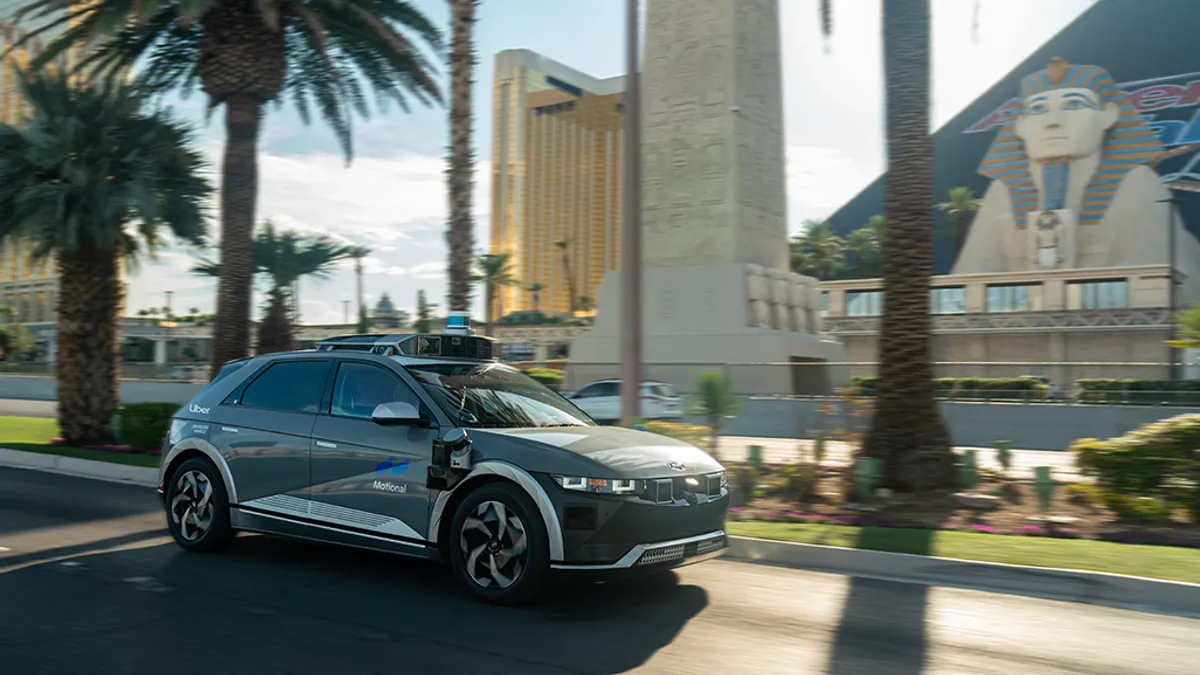Dive Brief:
-
By 2035, mobility could be transformed by autonomous vehicles, the growth of micromobility, apps that connect people to multiple transportation modes, shared mobility and government regulation, according to an April report by consultancy McKinsey & Co.
-
Private car sales in the U.S. could decline as much as 30% by 2035 compared with 2015 levels, as governments discourage private-vehicle use and consumers adopt new mobility options, the report says. “By 2035, the share of passenger miles traveled (PMT) in private cars will drop by about 15 percentage points,” the report projects.
-
Private-vehicle use will vary considerably by region, according to McKinsey. In car-reliant metro areas like Los Angeles, private-vehicle use was 89% of the mobility market in 2022 but could fall to 51% by 2035, the report says. In rural areas, private-vehicle use will still dominate the mobility market, with McKinsey predicting their mobility share will decline slightly from 82% in 2022 to 80% in 2035.
Dive Insight:
Federal, state and local policymakers increasingly support policies and programs that encourage the adoption of emerging transportation modes, from electric bikes to air taxis, and discourage private cars to boost road safety, reduce traffic congestion and lower greenhouse gas emissions.
Under the 2021 infrastructure law, Congress allocated more than $1.4 billion annually through 2026 for smaller-scale transportation projects such as pedestrian and bicycle infrastructure. That’s nearly double the $850 million Congress dedicated to such projects each year from 2018 to 2020, the McKinsey authors wrote.
The transition away from private vehicles may also result in land use benefits, as “private-car congestion does more than frustrate people. It also encourages developers to build garages and public officials to install more parking spaces, gobbling up scarce, valuable urban land that could otherwise be devoted to parks or other amenities,” the report says.
Annual car sales globally could decline from 85 million in 2015 to 84 million in 2035, although they will likely rise over the next few years and peak by 2030, according to McKinsey.
Changes in private-vehicle use “could come slowly, even in those areas where the change will be dramatic,” the report states. But “over the next few years, most people are likely to continue their usual travel patterns and behavior.”
Private cars will remain the most popular transportation option, but their total mobility share will decline
“Within the next decade, however, the mobility ecosystem will most likely undergo a transformation not seen since the early days of the automobile,” the report says. It later adds, “The big changes in mobility infrastructure—more bicycle-friendly streets, vertiports for urban air mobility—are also most likely to occur in cities, at least initially.”












